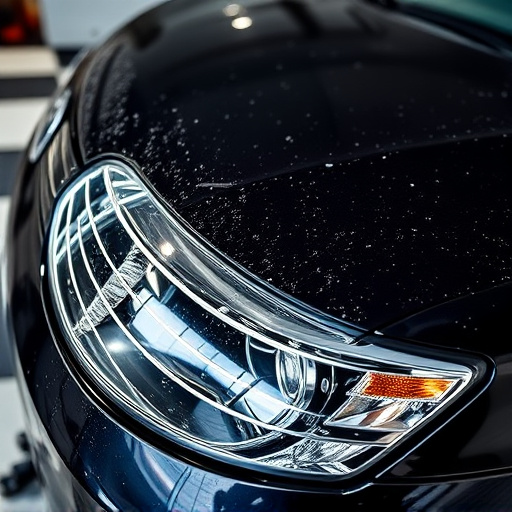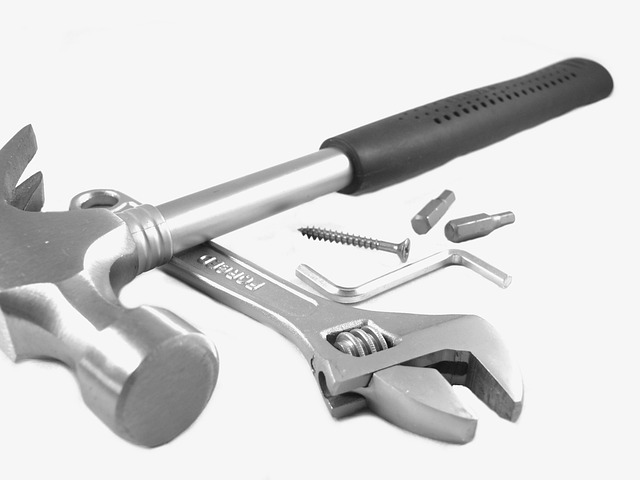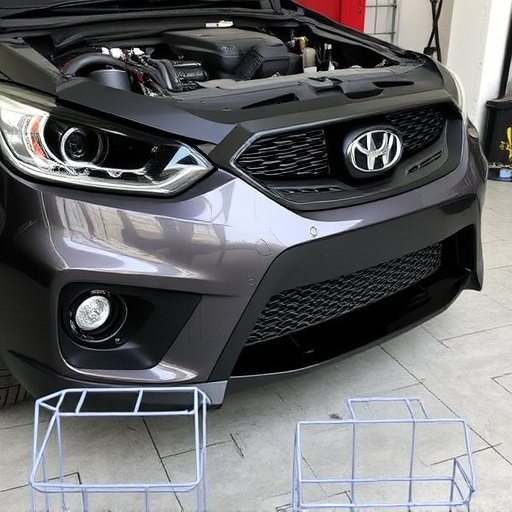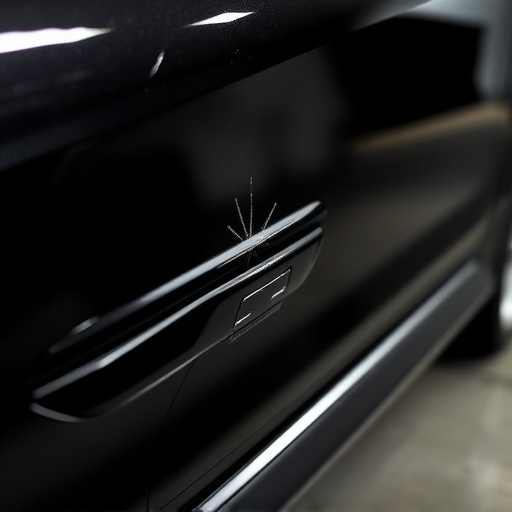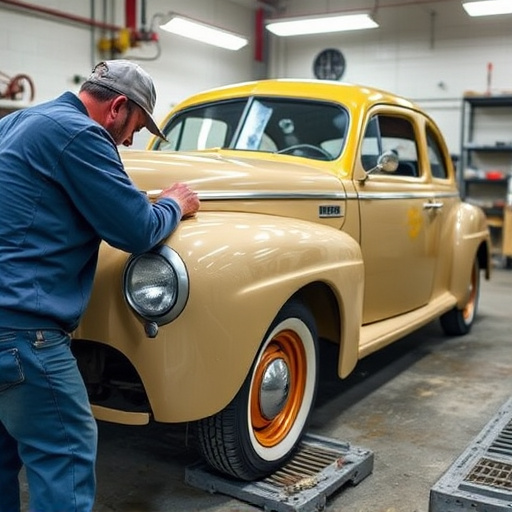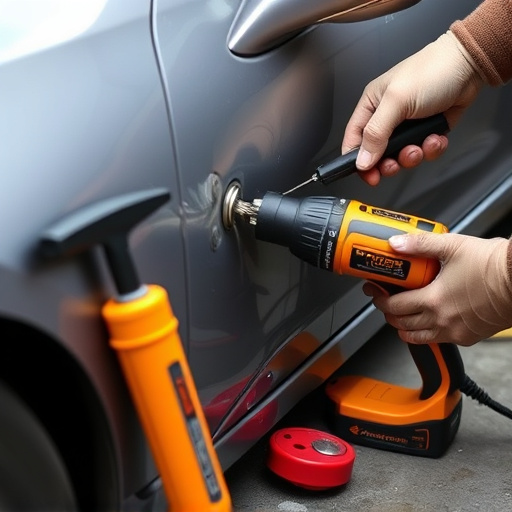Tesla repair procedures prioritize safety and expertise for high-voltage lithium-ion batteries. Strict protocols include PPE, ventilation, tool checks, grounding, isolation, and comprehensive inspections. Technicians use precision tools for localized repairs, replace damaged parts, and follow safe reassembly, testing, and verification steps before recharging.
Tesla repair procedures require a deep understanding of their unique battery systems. This guide delves into the essential safety measures and step-by-step protocols needed for isolating and repairing Tesla batteries effectively. By adhering to these rigorous procedures, technicians ensure both optimal performance and safety during the intricate process of Tesla repair. Understanding these protocols is crucial for maintaining the advanced electric vehicle technology that defines modern automotive innovation.
- Understanding Tesla Battery Systems
- Essential Safety Measures for Isolation
- Step-by-Step Repair Procedures
Understanding Tesla Battery Systems

Tesla battery systems are a marvel of modern engineering, designed to power their electric vehicles efficiently and sustainably. These batteries, typically lithium-ion, are highly advanced and require specialized knowledge for safe handling during Tesla repair procedures. Understanding the intricate workings of these systems is crucial for auto body services and automotive repair technicians as they navigate the complex landscape of Tesla vehicle maintenance.
The battery packs in Tesla vehicles are not just components; they are the heart of the vehicle, storing energy and delivering it to power the electric motors. Given their high voltage and potential hazards, proper isolation protocols must be followed during any repair or service involving the battery. This ensures the safety of both technicians and customers, preventing accidents related to electrical shocks or short circuits. Therefore, Tesla repair procedures emphasize comprehensive training in handling these systems to offer top-notch vehicle dent repair while adhering to strict safety standards.
Essential Safety Measures for Isolation

When it comes to Tesla repair procedures, battery isolation protocols are paramount for ensuring safety during the entire process. Before any work begins, strict adherence to essential safety measures is crucial. This includes wearing appropriate personal protective equipment (PPE), such as insulated gloves and goggles, to minimize the risk of electrical shocks or exposure to harmful substances. The workspace must be properly ventilated to prevent the accumulation of volatile compounds from various repair materials.
Additionally, all tools and equipment used in Tesla repair procedures should be checked for any signs of damage or wear, ensuring they are in good working condition. Grounding mechanisms should be implemented to divert any stray electrical currents away from the worker and sensitive components. These safety measures, combined with a thorough understanding of Tesla’s unique battery systems, are vital to effectively navigate car restoration, dent removal, and scratch repair processes while prioritizing the well-being of technicians and the vehicle itself.
Step-by-Step Repair Procedures

When undertaking Tesla repair procedures, especially for complex systems like the battery, a meticulous approach is paramount. The process begins with a thorough inspection to identify the issue and assess its extent. This step-by-step repair involves several crucial protocols, ensuring both safety and effectiveness. Firstly, isolate the high-voltage battery by disconnecting it from the vehicle’s electrical system. This critical safety measure prevents any accidental shocks or short circuits during the repair process.
Subsequently, for more localized issues like car paint repair or car dent removal, technicians will carefully assess accessibility and proceed with precision tools to minimize disruption. In contrast, if damage is extensive, such as severe car dent repair cases, replacement parts are sourced from genuine Tesla suppliers to maintain vehicle integrity. The final stages involve re-assembly, testing, and ensuring all components function seamlessly before finally reconnecting the battery and verifying its charging status.
When undertaking Tesla repair procedures, especially involving battery systems, adhering to stringent safety protocols is paramount. By following the essential steps discussed, from understanding complex battery systems to implementing isolation measures, technicians can ensure a secure and effective repair process. These protocols are vital to managing high-voltage batteries safely, protecting both workers and vehicles. With these guidelines in place, Tesla repairs can be carried out efficiently while mitigating potential risks, ultimately contributing to the reliability and longevity of these advanced electric vehicles.

